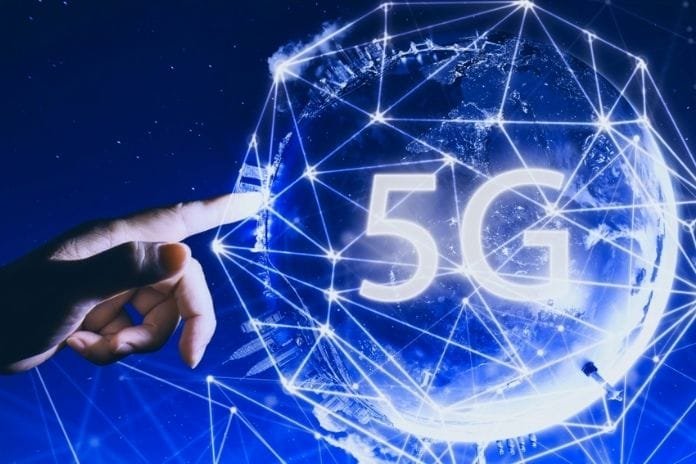
Is The 5G Network Dangerous? When it comes to 5G, there is often talk of dangers that the mobile communications standard entails. We took a closer look at the facts and told you what’s behind them.
Is Cell Phone Radiation Dangerous?
When the dangers of mobile communications for the human body are discussed, the focus is usually on the radiation emitted when transmitting the signals from radio masts and end devices. Mobile phone transmissions – regardless of the standard – generate electromagnetic, non-ionizing radiation. At least according to the current state of science, this is considered harmless to humans.
Contrary to popular belief, the effect of radio waves on humans has been relatively well researched. Reliable studies on 5G do not yet exist, as the standard has not yet been used publicly. It, therefore, makes sense to approach the topic based on the knowledge gained so far.
Is The 5G Network Dangerous or Non-Dangerous?
We are constantly surrounded by a wide variety of radiation on earth. Most of these are entirely harmless. However, some, including UV rays from the sun, can have harmful effects. Often it is a question of quantity and intensity. Some types of radiation, such as gamma rays, are incredibly harmful, even in small amounts.
In general, the larger the wavelength, the lower the energy of the radiation and the less dangerous it is for humans. A high wavelength is expressed in a low Hertz number. At the same time, a high wavelength means that signals or energy can be distributed from one location over a larger area.
Therefore, frequency bands with a relatively large wavelength of several centimeters are used for mobile communications. The frequency bands at 800 MHz, 1800 MHz, and 2600 MHz, in particular, have been used intensively for the LTE mobile communications standard for years. 3G networks, on the other hand, primarily run over frequency bands in the 900 MHz, 1800 MHz, and 2100 MHz ranges. Television transmissions via DVB-T2 ( 470 MHz to 690 MHz) and radio (73.1 MHz to 108 MHz) have even longer wavelengths.
So when it comes to mobile communications, we are dealing with very low-energy radiation that affects the human body far less than, for example, the UV radiation emitted by the sun. On the other hand, gamma radiation, which is dangerous for humans, has an extremely short wavelength and is, therefore, many times more energetic. It is at the opposite end of the radiation spectrum compared to mobile communications.
The Radiated Power Of Mobile Phones
In addition to the wavelength, a second aspect also comes into play with mobile phone radiation: the radiation intensity, which can cause the human body to heat up near the radiation source. This is measured using the so-called SAR value. SAR is the abbreviation for “Specific Absorption Rate” and represents how much electromagnetic radiation a device emits.
It is currently completely unclear whether the introduction of 5G will result in higher radiation levels. In any case, little will change regarding the limit values that must be complied with. The manufacturers of smartphones and other devices should therefore be careful to comply with the limit values to avoid ending up in the public pillory.
Dangers Cannot Be Completely Ruled Out But Are Incredibly Improbable
If you take the current state of research on mobile phone radiation and its effects on human health, there is no evidence of a harmful effect – at least not if the limit values are observed. Since these limits will continue to apply, it is doubtful that 5G will change anything.
However, it is also true that 5G networks have not yet been deployed and that no studies could therefore be carried out on this basis. It will probably only be possible to say without a doubt in a few years whether the widespread rollout of 5G will have harmful effects on health.
However, based on current knowledge, fears or panic are entirely inappropriate because so far, there is nothing to indicate that the introduction of 5G technology poses a health risk.
